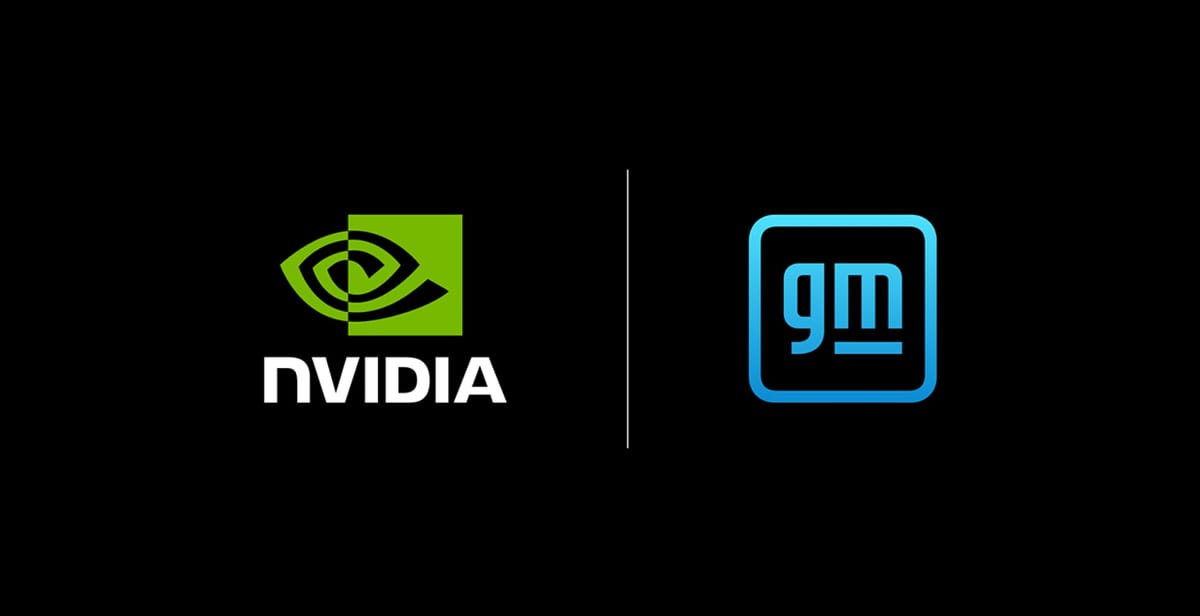
NVIDIA is cementing itself as the go-to AI partner for automakers. General Motors has announced a major expansion of its collaboration with NVIDIA, adopting its Omniverse and Cosmos platforms to build AI-powered factories while also leveraging NVIDIA’s full-stack autonomous vehicle (AV) development suite. The deal positions NVIDIA at the center of GM’s AI transformation, reinforcing its growing dominance in both automotive production and self-driving technology.
Key Points:
- GM will utilize NVIDIA's full AI ecosystem: DGX for training, Omniverse with Cosmos for simulation, and DRIVE AGX for vehicle deployment
- The collaboration extends beyond vehicles to transform automotive manufacturing with AI-powered digital twins of assembly lines
- The announcement coincides with NVIDIA's launch of Halos, a comprehensive safety system for autonomous vehicles
Beyond production, GM will also use NVIDIA’s full-stack AV development tools, including DGX for AI model training, Omniverse and Cosmos for simulation, and DRIVE AGX for in-vehicle AI. The move underscores GM’s broader strategy of accelerating the deployment of AI-powered autonomous driving technology while ensuring safer and more efficient vehicle production.
“AI not only optimizes manufacturing processes and accelerates virtual testing but also helps us build smarter vehicles while empowering our workforce to focus on craftsmanship,” said Mary Barra, CEO of GM.
AI-Powered Factories & Smarter Vehicles
One of the most significant aspects of GM’s NVIDIA collaboration is the integration of Omniverse and Cosmos for factory planning. By creating virtual replicas of assembly lines, GM can test new configurations, train robotic systems, and optimize production without disrupting real-world operations.
On the vehicle side, GM will build its next-generation cars using NVIDIA DRIVE AGX, a powerful AI computing platform that delivers up to 1,000 trillion operations per second. This will allow GM to develop advanced driver-assistance systems (ADAS) and in-cabin AI-powered experiences while maintaining a safety-first approach.
A Broader Industry Shift Toward AI
GM’s move is part of a larger industry trend, as other major automakers, including Toyota and Hyundai, have also adopted NVIDIA’s AI stack. The growing reliance on AI simulation, digital twins, and in-car AI reflects a broader shift toward intelligent, automated, and safer vehicle development.
This partnership also aligns with NVIDIA’s launch of Halos, a new end-to-end AV safety platform that integrates AI safety verification, regulatory compliance, and AI-powered validation across the AV development lifecycle.
“The era of physical AI is here, and together with GM, we’re transforming transportation—from vehicles to the factories where they’re made,” said Jensen Huang, CEO of NVIDIA.
The Big Picture
For consumers, the ultimate impact of this collaboration will likely be vehicles with more advanced driver assistance features in the near term, potentially leading to fully autonomous capabilities in the future. Equally important but less visible to consumers are the manufacturing efficiencies that could help control costs in an era of increasingly complex vehicles.

